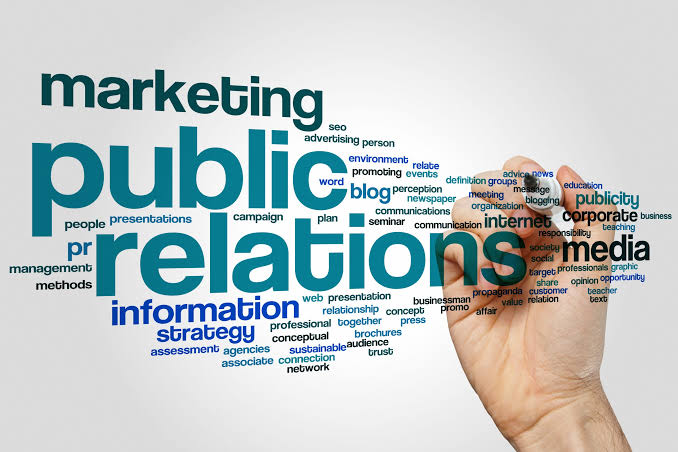We live in a fast-paced world. Almost everything is bigger, better and faster than ever. Information, naturally, also travels faster than ever. This speed is precisely what makes the rise of fake news a formidable challenge, especially for crisis communication today.
For organisations navigating crises in Nigeria, the task is even more daunting as misinformation can spread like wildfire across social media platforms. From political upheavals to public health emergencies, the ability to manage communication effectively amidst a storm of false narratives has never been more critical.
Drawing on local examples to provide actionable insights and strategies for maintaining credibility and trust during tumultuous times, we would like to examine how organisations in Nigeria can master crisis communication in the age of fake news.
Establish a Clear Communication Plan
Experts concede that the foundation of effective crisis communication is a well-structured plan. This plan should outline key roles, responsibilities, and procedures for communicating during a crisis. For instance, in 2015, when the Federal Government of Nigeria through the Nigerian Communications Commission (NCC) handed down a $5.2 billion fine to MTN Nigeria, the company had to rapidly adjust its communication strategies in response to the rapidly evolving situation and the influx of misinformation. An established plan no doubt helped streamline its response and helped mitigate confusion.
NB: The company eventually agreed to pay a reduced sum of $1.6 Billion (N330 billion) with a condition it lists on the Nigerian Stock Exchange (NSE).
Verify Information Before Sharing
In the age of fake news, the accuracy of information is paramount. So, before disseminating any updates, it is important to verify the facts from credible sources. Consider this, during the COVID-19 pandemic, misinformation about the virus and vaccines spread like wildfire in Nigeria. Government health agencies, such as the Nigeria Centre for Disease Control (NCDC), faced challenges countering false information. The centre implemented verification processes to ensure that only accurate information was communicated to the public.
Utilize Multiple Communication Channels
Different segments of the population use various communication platforms. Effective crisis communication requires leveraging multiple channels—social media, traditional media, and official websites. For example, during the recent fuel subsidy removal crisis in Nigeria, the government utilized television broadcasts, social media updates, and press releases to address the concerns and correct misinformation.
Engage with the Audience
Open and transparent communication helps build trust. Engage directly with your audience through social media platforms, responding to queries and addressing concerns in real time. The National Emergency Management Agency (NEMA) has used this approach effectively during natural disasters, providing timely updates and engaging citizens to manage expectations and disseminate accurate information.
Monitor and Respond to Misinformation
Constantly monitor social media and other platforms for the spread of misinformation. Establish a team dedicated to tracking and countering false claims. For example, during a recent brand/customer crisis kicked off by a review, various groups and individuals joined the conversation followed by active efforts to spread fake news to sway public opinion. Human Rights Lawyer, Inibehe Effiong, played a crucial role in identifying and debunking false information quickly.
Provide Consistent Messaging
Understand that consistency in messaging prevents confusion and reinforces credibility. So, ensure that all communication is aligned with the official stance and that messages are consistent across all platforms. This approach was demonstrated during the 2022 ASUU strike, where both the federal government and the Academic Staff Union of Universities (ASUU) needed to provide clear and consistent information to manage public perception. Each side told its story relentlessly.
Prepare for Post-Crisis Communication
In addition, after the immediate crisis has been addressed, focus on rebuilding trust and credibility. Communicate lessons learned and the steps taken to prevent future occurrences. For instance, after the Lekki Toll Gate incident during the #EndSARS protests, both the government and civil society organisations engaged in extensive post-crisis dialogues in an attempt to address grievances and rebuild trust.
Invest in Media Literacy
Educate the public about recognizing and avoiding fake news. Media literacy campaigns can empower individuals to critically evaluate information sources. Nigerian initiatives like the “Fact-Check Nigeria” project aim to enhance public awareness and counteract misinformation.
The reality is that things are faster today. To combat fake news today, responses must also be rapid. This is precisely what effective crisis communication must be today – nimble. It is what is required for maintaining trust and managing public perception.
Every hand must be on deck to strengthen the public’s ability to discern credible information, contributing to a more informed and resilient society. Qualified public relations professionals would help move the needle forward.





